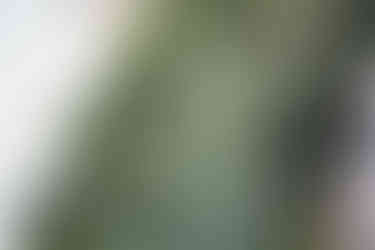Time to talk to a tree
- Chloe Van Loon
- Jan 19, 2023
- 3 min read

When’s the last time you shifted your curious gaze to our trustiest of plants, the often overlooked, the bearers of year-round shelter and fuel, the pine-smelling, cone-bearing friends...the evergreen trees! Winter is an awesome time to ponder and appreciate our local evergreen tree species.
During Whistler’s winter months, many plants go into a dormant state to survive the chilly temperatures and limited sunlight. This means that they stop growing and using energy, instead focusing on conserving resources. Without the awesome year-round access to the outdoors, we might all be doing the same.
Through evolution, the trees native to Whistler have developed a number of strategies to survive winter. Deciduous trees lose their leaves in the fall to reduce the amount of water they lose through transpiration, whereas evergreen trees grow thick, waxy coatings on their leaves to help prevent moisture loss from cold and drying winds.
Pine? Conifer? Evergreen? Don’t they all mean the same thing? Let’s have a little refresh. Pine trees are those of the family Pinaceae. Conifers produce cones and have needle or scale-like leaves. Evergreens are green all year round and include broad-leaved trees like arbutus, which you can find on the coast but not in Whistler.
Confers you can find in Whistler:
Douglas fir
western hemlock
western redcedar
amabilis fir
subalpine fir
Pacific yew
Engelmann spruce
lodgepole pine
western white pine
whitebark pine
yellow cedar
Whistler hybrid spruce (P. sitchensis x Engelmannii)
While walking through Whistler valley try to notice the Douglas-fir, western hemlock, western redcedar, and the less recognized amabilis fir, Pacific yew, and Engelmann spruce. On your next adventure into the mountains, notice the forest transition into yellow cedar, whitebark pines, mountain hemlocks, and subalpine firs. In total, you can expect to find 12 species of native conifer trees in Whistler’s watershed. Have you met them all? Go introduce yourself.
Need some help in doing so? Well, pines come in packets - packets of two to five needles. Firs have friendly flat needles, Spruce are square and stabby. Cedars have scale-like needles and smell particularly good. I don’t have a fun mnemonic for hemlocks but the needles of western hemlock are of unequal length, almost flat, glossy, and soft.
All these tree species provide ecosystem services in the form of shade, fuel, shelter, and - perhaps most forgotten about - converting carbon dioxide into breathable air for us and many other species. Who are those other species? Three resident chickadees species nest in old woodpecker nests and rotten branches of conifers. Whitebark pine feeds Clark’s nutcrackers, and the grizzly bears that find the seeds the busy-bodied nutcracker buried for another meal that now will never come. All of the evergreens maintain mycorrhizal relationships with fungus through the miles and miles of mycelium underground. Our neighbours the squirrel, chipmunk, as well as mouse, and shrew, as well as certain feathered friends all eat Douglas-fir seeds. Naturalist and environmental philosopher John Muir did say "between every two pines is a doorway to a new world," and I totally agree.
Yes, our evergreens are here all year round, but in spring and summer wildflowers steal our attention and fungi demand our focus in the fall, so this winter turn to trusty evergreen trees. So on your next gondola ride up the mountain, neighborhood dog walk, or when looking out the kitchen window longing for warmer days, be curious and have a conversation with a tree this winter.
Written by: Chloe Van Loon










Comments